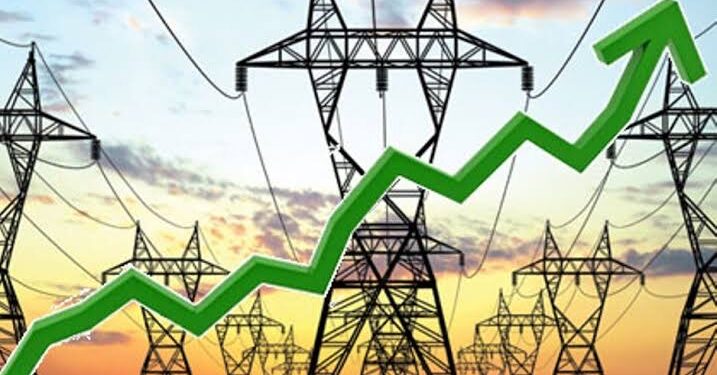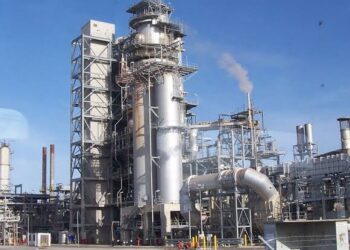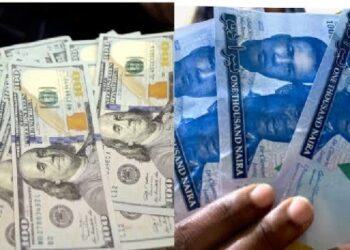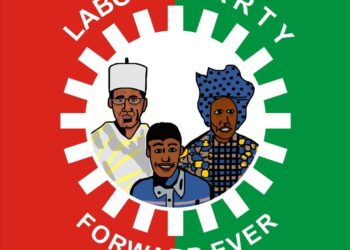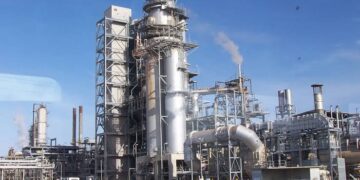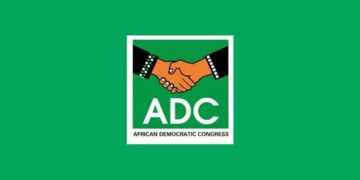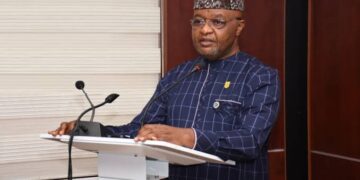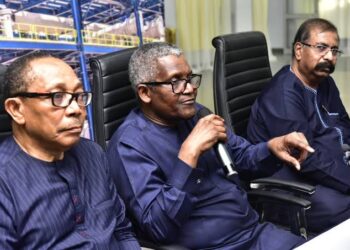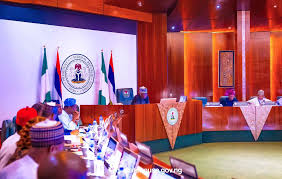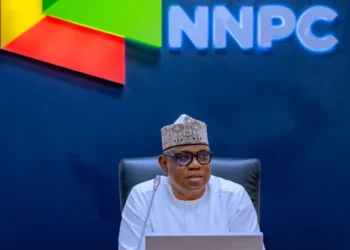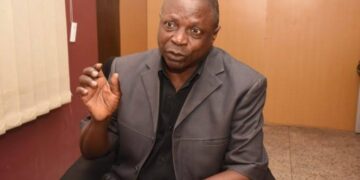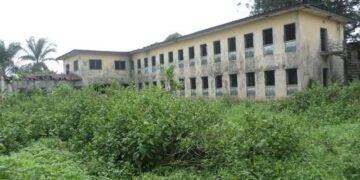Electricity customers on Band A feeders may soon face a potential tariff increase, as the electricity tariff shortfall, commonly known as the subsidy, has been on the rise. This increase in subsidies could drive up the cost of power for consumers who are already burdened by high electricity bills.
According to Journalists, the electricity subsidy paid by the Federal Government surged to ₦181.63 billion in September, up from ₦102.30 billion in May. This rise marks a significant increase, especially when compared to the ₦140.7 billion subsidy recorded in April, around the time when the Nigerian Electricity Regulatory Commission (NERC) announced the removal of subsidies for Band A feeders.
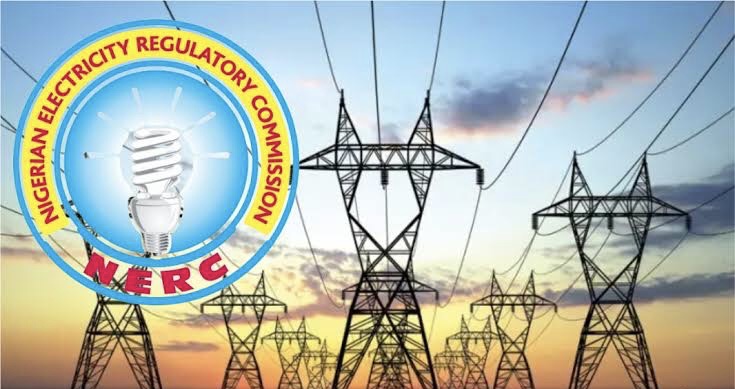
These are areas where customers receive a minimum of 20 hours of electricity daily. To ensure liquidity in the electricity sector, the government had stopped paying subsidies for Band A customers, causing their tariff to increase to ₦225 per kilowatt-hour.
The decision to remove the subsidy for Band A customers sparked widespread outcry across various sectors in Nigeria. Labour unions, educational institutions, and healthcare facilities were among those who expressed concern as their electricity bills tripled almost overnight due to the new tariff structure. The removal of the subsidy left many consumers grappling with the economic burden of higher utility costs.
In May, when the subsidy figure had been reduced to ₦102.30 billion, the government took a step to alleviate the pressure by slashing the Band A tariff to ₦206.80 per kilowatt-hour. However, this relief was short-lived. By early July, the tariff had been increased again, this time to ₦209 per kilowatt-hour, as the subsidy grew to ₦158 billion in June.
Recent data from NERC reveals that the subsidy amount has continued to rise. In July, it increased to ₦163.87 billion, in August to ₦173.88 billion, and in September it peaked at ₦181.63 billion. These rising figures have fueled speculation that another tariff increase might be imminent under the Multi-Year Tariff Order (MYTO) in October unless the cost of power generation sees a significant decline.
A primary factor contributing to the growing electricity subsidy is the foreign exchange crisis. NERC has reported that the exchange rate used for determining electricity tariffs has fluctuated dramatically in recent months. In July, the exchange rate was ₦1,494.1 per dollar; in August, it climbed to ₦1,564.3, and in September, it rose further to ₦1,601.5. These exchange rates, along with inflation, are key determinants of power production costs in Nigeria.
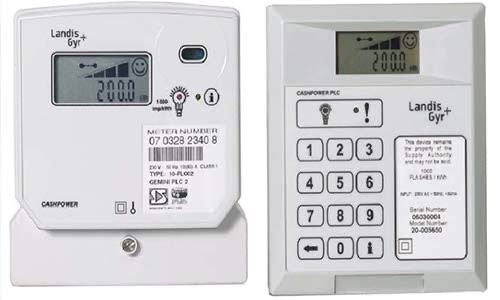
In its MYTO order to all power distribution companies (Discos) for September, NERC clarified that, in line with Section 23 of MYTO-2024, the supplementary orders are meant to account for changes in pass-through indices that are beyond the control of licensees.
These indices include inflation rates, the naira/dollar exchange rate, available generation capacity, and gas prices—all of which factor into the determination of cost-reflective tariffs. For September, NERC adopted a naira-to-dollar exchange rate of ₦1,601.50, while Nigeria’s inflation rate for July 2024 stood at 33.40%, as published by the National Bureau of Statistics. The US inflation rate for the same period was 2.90%.
NERC maintained a benchmark gas-to-power price of $2.42 per million British thermal units (MMBTU) for September, based on the established price set by the Nigerian Midstream and Downstream Petroleum Regulatory Authority, in line with Section 167 of the Petroleum Industry Act 2021.
Additionally, the cost of power generation has been impacted by contracted gas supply and transportation prices, which are tied to effective gas sale agreements approved by the commission.
In May, when the Band A tariff was reduced to ₦206/kWh, NERC’s spokesperson, Usman Arabi, attributed the reduction to the appreciation of the naira in the foreign exchange market. Despite this, the cost of power generation has continued to rise.
However, as of September, the Federal Government has yet to approve another tariff hike, likely due to the prevailing economic hardship in the country, which has been exacerbated by the rising cost of premium motor spirit, also known as petrol.
For instance, in the Abuja Electricity Distribution Company (AEDC), NERC reported that 611 megawatt-hours of energy were delivered per hour in April, and the same amount was delivered from May to September. During this period, the cost of power generation saw significant fluctuations.
In April, the generation cost was ₦103.9 per kilowatt-hour, but this dropped to ₦87.33/kWh in May, only to rise again to ₦113.69/kWh in September. AEDC’s transmission and administrative costs also varied, with ₦9.1/kWh recorded in April, ₦8.9/kWh in May, and ₦9.8/kWh in June, before rising to ₦10.4 in September.
NERC data further revealed that the end-user cost-reflective tariff in AEDC was ₦185/kWh in July, ₦192.2/kWh in August, and ₦195.5/kWh in September. However, the end-user allowed tariff remained fixed at ₦117.31/kWh throughout the three months, indicating that despite the rise in power generation costs, NERC kept the allowed tariffs unchanged.
Discos, however, are reportedly discontent with the current tariff structure, particularly the non-cost-reflective tariffs. Some of the companies have even started refusing to off-take electricity allocated to them from the grid. They argue that the government should remove subsidies across all customer bands, not just Band A.
An anonymous official from one of the Discos shared frustrations, explaining that the companies are struggling to absorb the additional energy being produced by generation companies because they are dissatisfied with the tariffs applied to other customer bands. “As it is now, we are operating at a loss. Yes, they supply more power, but this problem could be solved with improved tariff for the other bands and more meter penetration to recover the cost,” the official stated.
The Minister of Power, Adebayo Adelabu, recently expressed concern over the refusal of Discos to take up the electricity supplied to them. He lamented that despite recent peaks in power generation, where output exceeded 5,000 megawatts, 1,400 megawatts had to be scaled down due to the inability of Discos to off-take the supply.
Adelabu described the situation as regrettable, especially as the government is working towards increasing generation capacity to 6,000 megawatts by the end of the year. He urged Discos to take more energy to prevent grid instability, as the frequency of the grid drops when power is produced but not consumed.
This complex interplay of rising subsidies, fluctuating tariffs, and operational challenges in the electricity sector continues to strain Nigeria’s power distribution landscape, with consumers likely to feel the financial impact in the months ahead.


